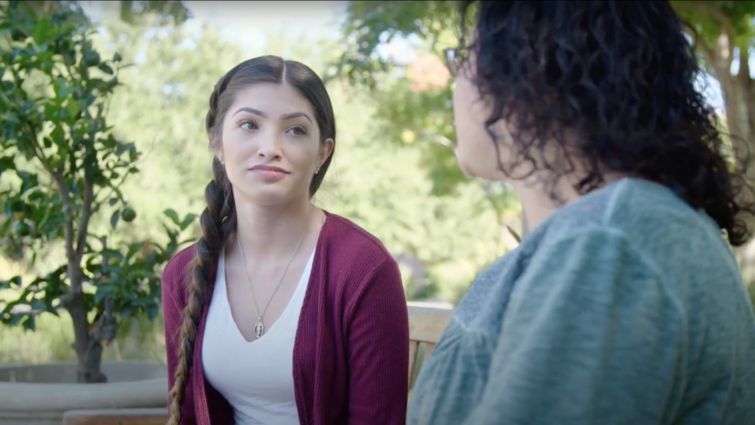
Jenna Bustamante
Jenna Bustamante came to Loma Linda University Behavioral Health from San Bernardino when her depression and anxiety became overwhelming and began thinking about ways to end her own life. The 18-year-old now looks back at the experience and wants to offer hope to others in similar situations.
September is National Suicide Prevention Month, a time dedicated to raising awareness to the second largest killer of those between the ages of 10-34, according to the National Institute of Mental Health. Bustamante is one of many teens now sharing her story, saying she wants to let people know that it’s possible to overcome suicidal thoughts.
“I was confused about what was going on with me — I wasn’t doing well in school, I was sad a lot, and I didn’t want to be around people,” she says.
Bustamante began testing her limits with substance abuse and explored her suicidal thoughts but confided in her mother before things went too far. Her mother took her to the Loma Linda University Behavioral Medicine Center (BMC), where Bustamante began treatment.
“I let myself be open to talking to the people around me and to the doctors, and it made it better knowing I wasn’t alone and bonding with other people there,” she says. “That’s something that I won’t forget.”
Bustamante now says she understands herself better after going through the program. “I know how to help myself, and even when I don’t, my parents can help put me back on the right track,” she says.
At the BMC, parents participate in the healing process and attend parenting classes specifically designed to teach them how to serve as another line of defense in keeping their child healthy and happy, something that Glenn Scott, MSW, director of the Youth Partial Hospital Program, says is a key contributor to the program’s high degree of positive patient outcomes.
“Dealing with suicidal ideations needs to be a team effort of full support at both the clinical level and in the home,” Scott says. “More teenagers and young people die from suicide than from cancer, heart disease, strokes and lung disease combined.”
Bustamante says she’s thankful to be out of the darkness. “Now, after going through all the programs, I feel brighter,” she says. “I gave myself a chance, and it brought me back to happiness.”
Loma Linda University Health providers are committed to ensuring all patients have access to the care they need during this or any stressful time. Patients can schedule virtual or telephone visits by visiting MyChart or calling their provider.
If you or someone you know is struggling with a mental health issue, make sure they know about the Mental Health Programs at Loma Linda University Behavioral Health. Visit lluh.org/behavioral-health to learn more.
